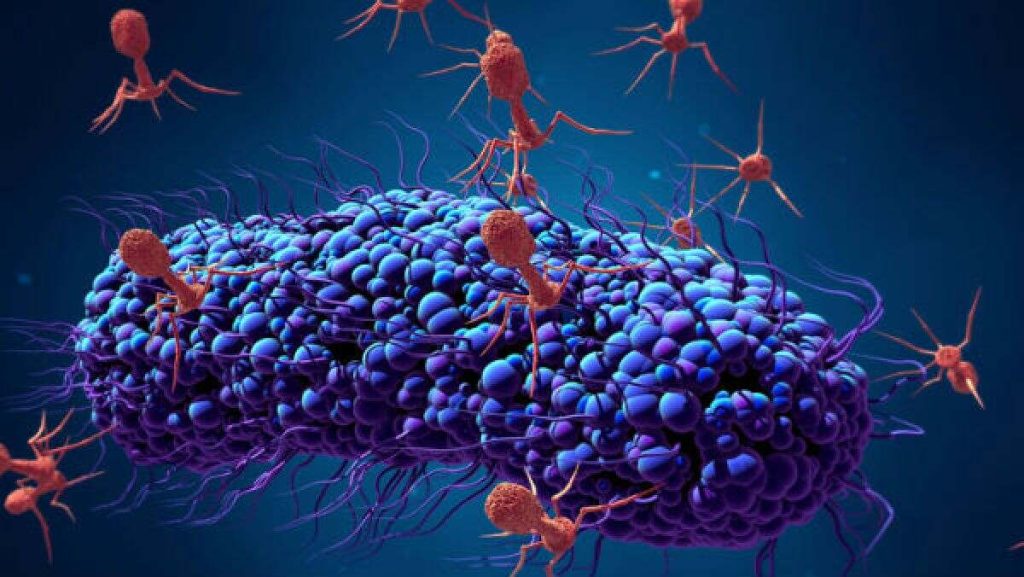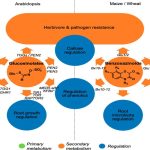
Microscopic organisms, commonly known as microorganisms or microbes, are found all around us and even inside our bodies. The category ‘Microbes’ includes a massive range of organisms including bacteria, fungi, viruses, algae, archaea and protozoa. Some of these, such as bacteria and fungi, are well known, but others such as archaea much less so.
Microorganisms, as their name implies, are so small that they usually require a microscope to see.
The vast majority of microbes on the earth pose no real threat to humans, plants or animals; in fact they actually work alongside humans to make world go round, aiding decomposition, decay and even helping us to digest our food. However, there are some microorganisms which negatively impact our lives, causing illness, bad odours and damaging products and surfaces. Some of the names we regularly hear in the media are Salmonella, E.Coli, MRSA, Malaria and Bird flu.
We will briefly explore some major divisions within microorganisms, and hopefully highlight some interesting facts and differences within each group.
Bacteria, perhaps the most well-known microorganism, are a member of the prokaryotes; they have no nucleus within the cell and contain no organelles (specialised cellular ‘organs’). Within bacteria there are two classes, Gram positive bacteria which have thicker cell wall and Gram negatives which have a thinner layer sandwiched between an inner and outer membrane.
Bacteria are extremely diverse and in terms of number are by far the most successful organism on Earth. Bacteria are the only microorganisms which can live harmlessly within the human body, often aiding bodily functions such as digestion. In fact there are more bacterial cells within the human body than humans cells, albeit much smaller in size.
Bacteria, of all the ‘living’ microorganisms, cause the most problems in terms of disease in humans, despite only relatively few bacteria being dangerous.
Fungi are eukaryotes which means they have a defined nucleus and organelles. The cells are larger than prokaryotes such as bacteria. Fungal colonies can be visible to the human eye once they have achieved a certain level of growth, for example mould on bread. Fungi can be split into three main groups, 1) moulds which display thread-like (filamentous) growth and multicellular structures, 2) yeasts which are typically non-filamentous and can be single celled and 3) mushrooms which possess a fruiting body for production of spores.
Fungi can be problematic for the immunocompromised and contain significant pathogens which can cause disease in plants. However, we also recognise organisms from this group from widespread use in the food industry, for production of beer and other foodstuffs.
Viruses are considered by many experts to not be living organisms. They essentially consist of nucleic acid (DNA or RNA,) and a protein coat. A virion (a virus particle) requires a host cell in order to replicate. Within the human anatomy a virus enters a human cell and hijacks the it, using the cell to replicate.
In many cases the immune system detects the presence of the virus and takes action leaving us with the symptoms of a common cold or influenza. Some viruses can cause permanent and irreversible damage to cells, for example HIV.
Algae are a more difficult to define group of organisms, containing both prokaryotes and eukaryotes by some definitions. Unlike other microorganisms algae are typically photosynthesisers and are typically found in marine environments. Prokaryotic algae, or Cyanobacteria, are often called blue-green algae although some definition or opinions will state that algae are eukaryotes only (that they are essentially small aquatic plants).


